

Ray Charles, Tan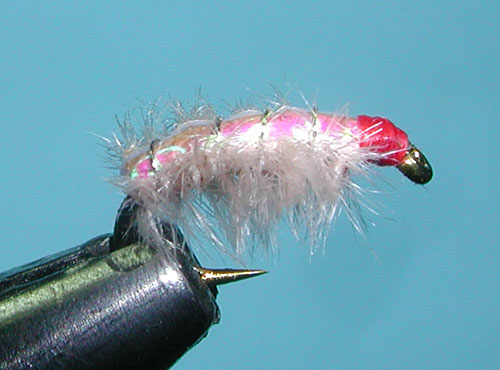 Tying Instructions |
Materials:
|
|
Notes: The "Ray Charles" is an excellent pattern for a sow bug. It originated in Montana as a guide fly in the early 1990's on the Big Horn River. According to one story, a client asked the guide the origin of the name and the guide replied it was named since "even a blind man can catch fish with this fly". The pattern quickly became popular on other rivers that have a good sow bug population like the Crooked and Deshutes. A sow bug is not a scud and this pattern differentiates the two. Tan and Gray are popular colors, particularly in size 16. and should be fished near the stream bottom. After 30 years on the Big Horn, the Ray Charles is still one of the top producing patterns. The wire ribbing was added sometime later in it's history to protect the Ostrich Herl from unraveling. Later, with the introduction of the UV resin products, the wire has been replaced with a coating of thick Fly Finish covering the flashback material and the head. This gives a very durable aspect to the pattern. The soft hackle variation has been highly effective in showing the fish something different and will be used as a point fly with a dropper. Grey and Pink are popular soft hackle colorations utilizing a orange "hot colored" bead..
| ||
Variations: |
|
|
Ray Charles, Gray 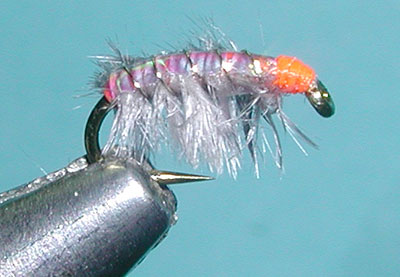
|
Materials:
|
|
Firebead Ray Charles, Soft Hackle, Gray 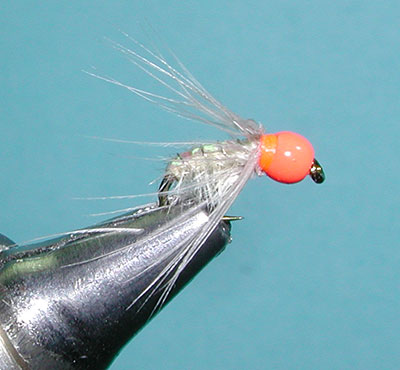
|
Materials:
|
|
Firebead Ray Charles, Soft Hackle, Pink 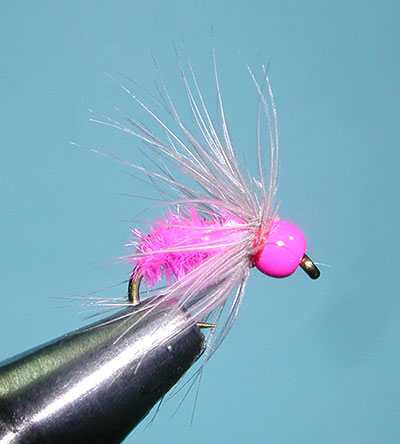
|
Materials:
|
|
Ray Charles, Scud Grey Olive 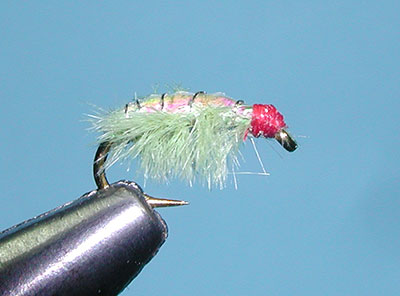
|
Materials:
|
|
Ray Charles, Tan 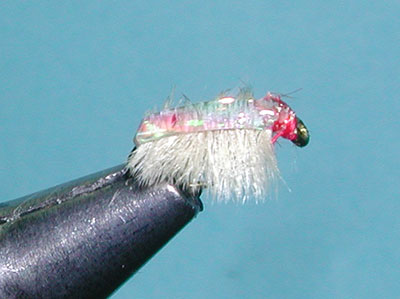
|
Materials:
|
|